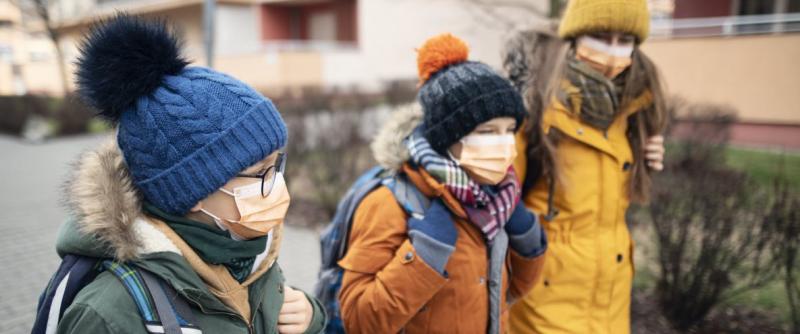Category: Presentation
Operating schools during COVID-19: CDC's Considerations

Considerations for schools
As communities in the United States consider how to safely re-open K-12 school buildings and in-person services, CDC offers updated considerations for mitigation strategies that K-12 school administrators can use to help protect students, teachers, and staff and slow the spread of COVID-19. These updated Considerations for Schools are intended to aid school administrators as they consider how to protect the health, safety, and wellbeing of students, teachers, staff, their families, and communities:
- Promoting behaviors that reduce COVID-19’s spread
- Maintaining healthy environments
- Maintaining healthy operations
- Preparing for when someone gets sick
Schools should determine, in collaboration with state and local health officials to the extent possible, whether and how to implement each of these considerations while adjusting to meet the unique needs and circumstances of the local community. Implementation should be guided by what is feasible, practical, acceptable, and tailored to the needs of each community. It is also critically important to develop strategies that can be revised and adapted depending on the level of viral transmission in the school and throughout the community and done with close communication with state and/or local public health authorities and recognizing the differences between school districts, including urban, suburban, and rural districts. These considerations are meant to supplement—not replace—any Federal, state, local, territorial, or tribal health and safety laws, rules, and regulations with which schools must comply (e.g., Individuals with Disabilities Education Actexternal icon).
School-based health facilities may refer to CDC’s Guidance for U.S. Healthcare Facilities and may find it helpful to reference the Ten Ways Healthcare Systems Can Operate Effectively During the COVID-19 Pandemic.
After reviewing the suggestions listed on this page, school administrators can use CDC’s School Considerations: Readiness and Action Planning Toolpdf icon to protect students, staff and communities.
School-based health facilities may refer to CDC’s Guidance for U.S. Healthcare Facilities and may find it helpful to reference the Ten Ways Healthcare Systems Can Operate Effectively During the COVID-19 Pandemic.





